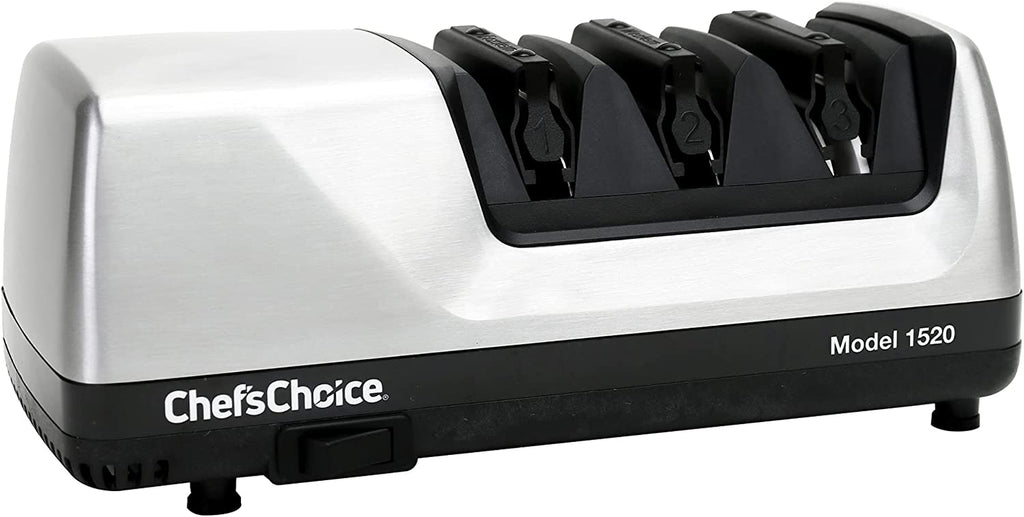Accidents in the kitchen are common, especially when handling sharp tools like knives. Almost every home cook has, at one point or another, experienced the terrifying moment of a knife slipping and causing a cut. Knowing how to stop a knife cut quickly and effectively is crucial for ensuring injuries don't become severe. This guide walks you through the process, with expert-approved tips on immediate care and long-term healing.

Why Knowing How to Stop a Knife Cut is Important
Kitchen hobbies are a joy, but they also come with their own set of risks. A knife cut can be more than just painful; it can lead to severe bleeding, infections, and in the worst cases, permanent injury. That's why every kitchen enthusiast should be prepared with the necessary knowledge and tools to handle such emergencies. Immediate and proper care can lead to faster healing and fewer complications.

Steps to Take Immediately After a Knife Cut
1. Assess the Severity of the Cut
The first step in learning how to stop a knife cut is assessing how deep and severe the cut is. A minor cut may only require basic first-aid, whereas a deep laceration could necessitate medical attention. Here's what to look for:
- Is the cut deep enough that the edges gape open?
- Is there excessive bleeding?
- Is there numbness around the area?
If the cut is deep, or if you observe excessive bleeding or numbness, seek medical attention immediately.
2. Clean the Wound
Cleaning the wound is a crucial second step. It helps in preventing infections, which are common with knife cuts.
Here's how to clean the cut:
- Rinse the cut under cool running water.
- Use a mild soap to clean around (but not inside) the wound.
- Avoid scrubbing the wound, as this can cause further damage.
After cleaning, use a clean cloth or gauze to pat the wound dry.
3. Apply Pressure to Stop Bleeding
To effectively stop bleeding from a knife cut, you need to apply consistent pressure. This helps the blood to clot faster. Here's how:
- Use a clean cloth or gauze pad.
- Press firmly against the wound.
- Maintain pressure for at least 5-10 minutes without peeking.
Avoid using tissue paper as it can disintegrate and leave particles in the wound.

Long-Term Care for Knife Cuts
1. Aloe Vera and Honey for Healing
After you've handled the initial wound care, long-term healing is the next step. Natural remedies like Aloe Vera and honey are known for their healing properties:
- Aloe Vera: Has anti-inflammatory properties that speed up healing.
- Honey: Acts as a natural antiseptic to prevent infections.
Apply these remedies daily for best results.
2. Keep the Wound Moist
Another essential practice in how to stop a knife cut from deteriorating is to keep the wound moist. This can be achieved using antibiotic ointments and clean bandages:
- Apply a thin layer of antibiotic ointment.
- Cover with a sterile bandage.
- Change the bandage daily or whenever it gets wet/dirty.
Keeping the wound moist prevents the formation of hard scabs, which can delay the healing process.
When to Seek Professional Help
Even with the best care, some knife cuts may require professional medical attention. Don't hesitate to seek help if:
- The bleeding doesn't stop after 10 minutes of pressure.
- The cut is deep and the edges are gaping.
- You see signs of infection like redness, swelling, or pus.
- There's numbness or loss of function in the affected area.
Being able to handle minor cuts at home can save you time and prevent the hassle of a clinic visit. But, always prioritize your health and safety.
Useful Resources
For more detailed step-by-step first aid instructions and additional resources, check out the Red Cross First Aid Guide.
Conclusion
Knowing how to stop a knife cut is an invaluable skill for anyone who spends time in the kitchen. From assessing the severity of the cut to applying home remedies for faster healing, every step is crucial for a quick recovery. So the next time you find yourself with a knife cut, you'll be ready to handle it efficiently.
FAQ
What should I do if the cut doesn't stop bleeding?
If the bleeding doesn't stop after you've applied pressure for 10 minutes, it's imperative to seek medical attention immediately. Profuse bleeding can lead to severe blood loss and other complications.
Is it safe to use home remedies for treating knife cuts?
While home remedies like Aloe Vera and honey can promote healing and prevent infections, they should only be used after the wound has been properly cleaned and the bleeding has stopped. Always seek professional medical advice for severe cuts.
How can I prevent knife cuts in the kitchen?
Preventing knife cuts involves using sharp knives (dull knives are more dangerous), practicing proper cutting techniques, and focusing on the task at hand. Regularly honing your knife skills and keeping your kitchen tools in good condition is crucial. For detailed guidance on maintaining knives, check out our article on knife maintenance.
Related Articles
External Resources
Learn more about treating minor cuts at the AAD's guide on treating minor cuts.
As an Amazon Associate, I earn from qualifying purchases.


























